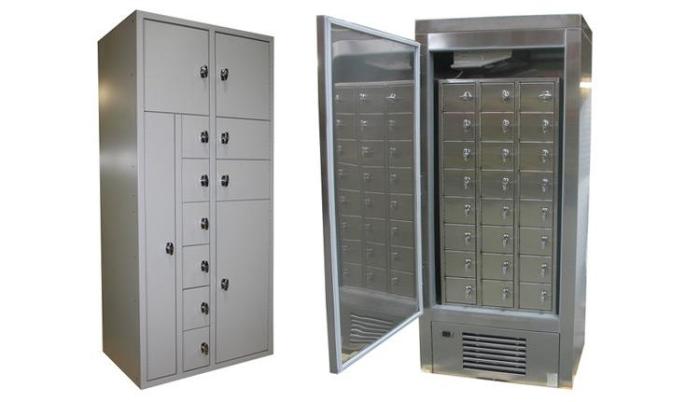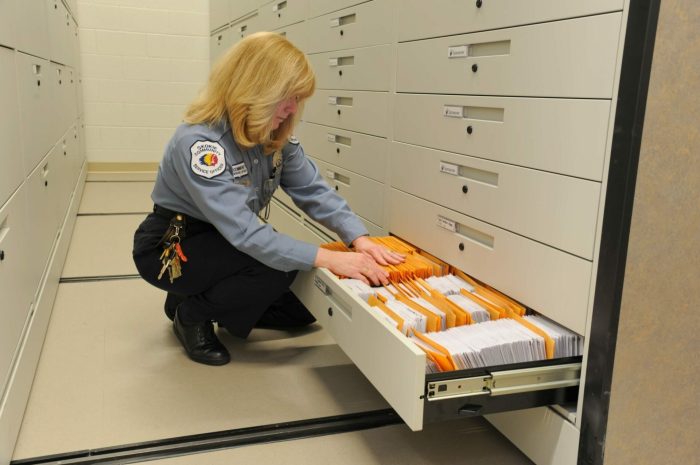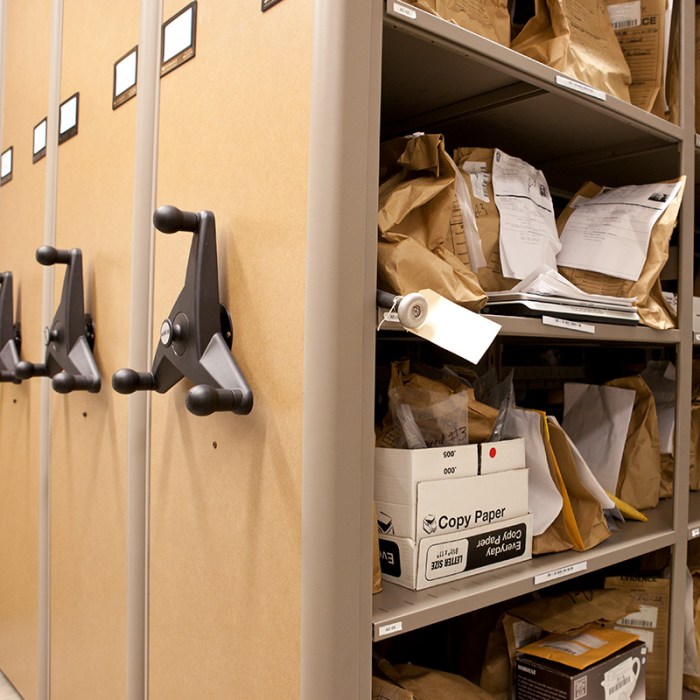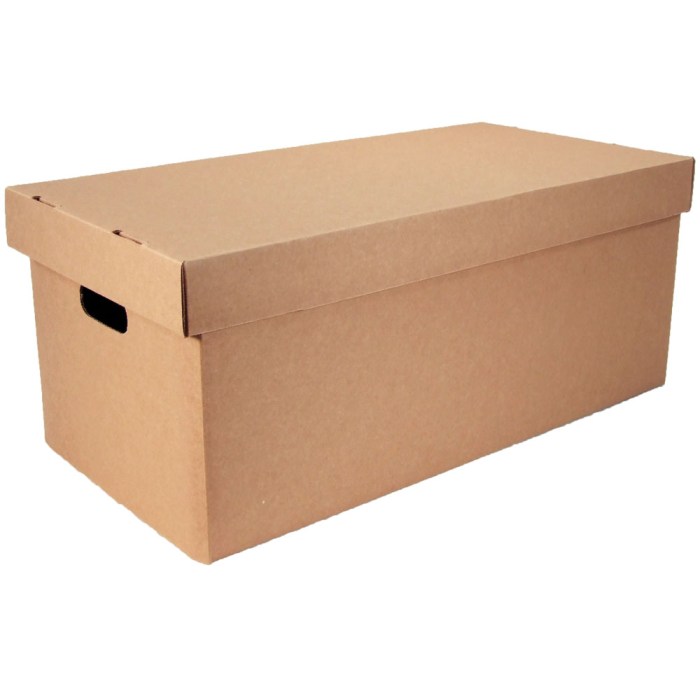Evidence storage containers should have several master keys. This critical security measure ensures the integrity and accessibility of crucial evidence in criminal investigations and legal proceedings. Having multiple master keys mitigates the risks associated with a single key and enhances the overall security of evidence.
Proper management and control of master keys are paramount. Implementing strict key control procedures, establishing clear roles and responsibilities, and adhering to best practices are essential to safeguard evidence from unauthorized access and potential tampering.
Evidence Storage Container Master Key Security: Evidence Storage Containers Should Have Several Master Keys.

Evidence storage containers should have multiple master keys for several reasons. First, if a single master key is lost or stolen, it could compromise the security of all the evidence stored in the container. Second, having multiple master keys allows for different individuals to have access to the container, which can help to prevent any one person from having too much control over the evidence.
Third, multiple master keys can help to ensure that the evidence is always accessible, even if one of the keys is lost or damaged.
There are several potential risks associated with having a single master key for an evidence storage container. First, if the key is lost or stolen, it could allow unauthorized individuals to access the evidence. Second, if the key is damaged, it could make it difficult or impossible to access the evidence.
Third, if the key is in the possession of a single individual, that individual could have too much control over the evidence and could potentially tamper with it or destroy it.
There are several best practices for managing and securing master keys for evidence storage containers. First, the keys should be stored in a secure location that is not easily accessible to unauthorized individuals. Second, the keys should be controlled by a limited number of trusted individuals.
Third, the keys should be regularly inspected and replaced if they show any signs of wear or damage.
Key Control Procedures
There should be clear key control procedures in place for evidence storage containers. These procedures should include the following:
- A designated key custodian who is responsible for the safekeeping of the keys.
- A system for tracking the location of the keys at all times.
- A procedure for reporting lost or stolen keys.
- A procedure for changing the locks on the evidence storage container if a key is lost or stolen.
The roles and responsibilities of different individuals involved in key management should be clearly defined. The key custodian should be responsible for the overall security of the keys. The key custodian should also be responsible for training other individuals on the key control procedures.
Other individuals who may be involved in key management include evidence technicians, security guards, and law enforcement officers.
An effective key control system should be established and maintained to ensure the security of evidence storage containers. This system should include the following:
- A written key control policy.
- A key register that tracks the location of all keys.
- A system for reporting lost or stolen keys.
- A procedure for changing the locks on evidence storage containers if a key is lost or stolen.
Physical Security Measures, Evidence storage containers should have several master keys.
In addition to key control procedures, there should also be physical security measures in place to protect evidence storage containers from unauthorized access. These measures should include the following:
- The evidence storage container should be made of a durable material that is resistant to tampering.
- The evidence storage container should be locked at all times when not in use.
- The evidence storage container should be stored in a secure location that is not easily accessible to unauthorized individuals.
- The evidence storage container should be monitored by a security system.
It is important to use secure containers and locks to protect evidence from unauthorized access. Secure containers are made of durable materials that are resistant to tampering. They also have strong locks that are difficult to pick or break. Locks should be regularly inspected and replaced if they show any signs of wear or damage.
There are several best practices for securing evidence storage containers from unauthorized access. First, the containers should be stored in a secure location that is not easily accessible to unauthorized individuals. Second, the containers should be locked at all times when not in use.
Third, the containers should be monitored by a security system. Fourth, the containers should be regularly inspected for signs of tampering.
Access Control
It is important to control access to evidence storage containers to prevent unauthorized individuals from accessing the evidence. There are several different methods that can be used to control access, such as keypads, biometrics, and electronic access control systems.
Keypads are a simple and cost-effective way to control access to evidence storage containers. Keypads require users to enter a code to unlock the container. Biometrics are a more secure way to control access to evidence storage containers. Biometrics use unique physical characteristics, such as fingerprints or iris scans, to identify users.
Electronic access control systems are the most secure way to control access to evidence storage containers. Electronic access control systems use electronic cards or fobs to identify users. Electronic access control systems can also be integrated with other security systems, such as video surveillance and intrusion detection systems.
An effective access control system should be established and maintained to ensure the security of evidence storage containers. This system should include the following:
- A written access control policy.
- A list of authorized users.
- A procedure for granting and revoking access.
- A system for monitoring access to evidence storage containers.
Audit and Inspection
It is important to regularly audit and inspect evidence storage containers to ensure that they are secure and that the evidence is intact. Audits should be conducted by a qualified individual who is not involved in the day-to-day operation of the evidence storage facility.
Inspections should be conducted on a regular basis to check for signs of tampering or damage. Inspections should also be conducted after any major event, such as a natural disaster or a security breach.
There are several different types of audits and inspections that can be performed on evidence storage containers. These include:
- Physical inspections: Physical inspections involve examining the evidence storage container for signs of tampering or damage.
- Key control audits: Key control audits involve verifying that the key control procedures are being followed and that all keys are accounted for.
- Access control audits: Access control audits involve verifying that the access control system is working properly and that only authorized individuals are able to access the evidence storage container.
An effective audit and inspection program should be established and maintained to ensure the security of evidence storage containers. This program should include the following:
- A written audit and inspection policy.
- A schedule for audits and inspections.
- A list of qualified individuals who are authorized to conduct audits and inspections.
- A procedure for reporting the results of audits and inspections.
Essential FAQs
Why is it important to have multiple master keys for evidence storage containers?
Having multiple master keys reduces the risk of losing access to evidence if a single key is lost, stolen, or compromised.
What are some best practices for managing master keys?
Master keys should be stored in a secure location, separate from the evidence storage containers. Access to master keys should be restricted to authorized personnel only.


